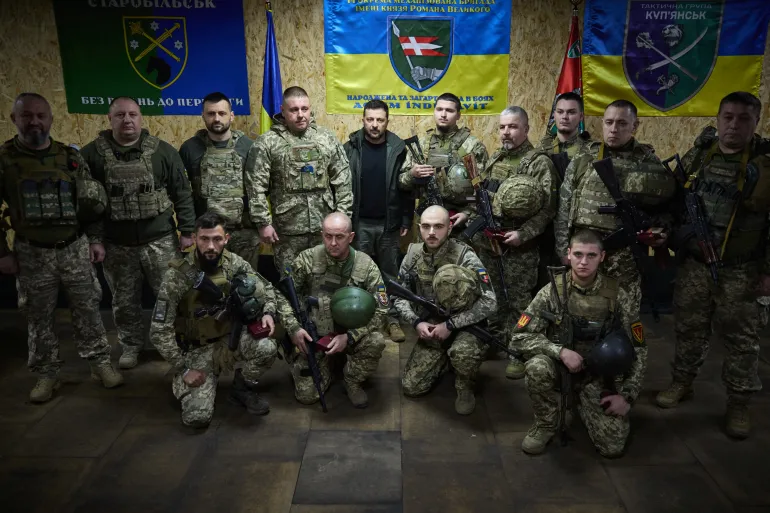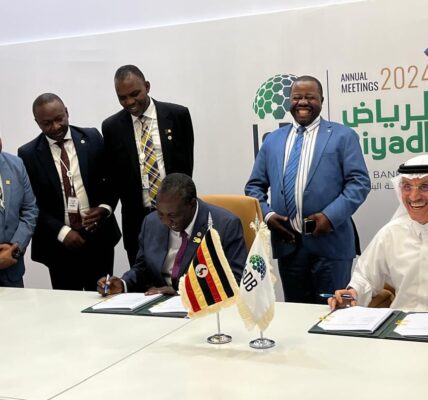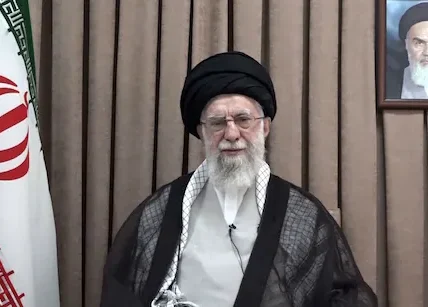The Ukraine war is entering a perilous phase, as both Kyiv and Moscow escalate tensions in what appears to be a race to secure the upper hand before diplomatic pressures shift the landscape. The strategy of “escalate to de-escalate” is in full swing, with devastating consequences for the region.
Ukraine Expands the Battlefield
President Joe Biden’s recent approval of long-range ATACMS missiles for Ukraine has opened a new front in the war. These weapons, capable of striking deep into Russian territory, were deployed swiftly. On Tuesday, Ukraine fired six missiles at a military site in Bryansk, located 120 kilometers inside Russia. While Moscow claims minimal damage, the psychological impact is profound, signaling Kyiv’s willingness to escalate.
Zelensky’s rhetoric underscores the shift:
“We now have long-range capabilities, and we will use them without hesitation.”
This move is not without risk. It pressures Moscow to respond while testing the limits of Western support.
Russia Lowers the Nuclear Threshold
In response, Vladimir Putin revised Russia’s nuclear doctrine, allowing for nuclear weapons to be used in retaliation against major conventional attacks. This change significantly lowers the threshold for nuclear escalation and has drawn global condemnation. NATO leaders have labeled it “irresponsible rhetoric,” but the West is bracing for the possibility of tactical nuclear deployment.
Russia’s move is not just about deterrence; it’s a warning to Kyiv and its allies that continued escalation will have severe consequences.
Biden’s Final Gambit
As Biden’s presidency nears its conclusion, his administration is doubling down on military support for Ukraine. In addition to missiles, the U.S. is supplying landmines to slow Russia’s advances in eastern Ukraine. Critics warn that these weapons pose significant risks to civilians, but the urgency of the battlefield has seemingly outweighed these concerns.
Donald Trump, set to assume office, has already signaled a sharp departure from Biden’s strategy. His camp has criticized the administration’s decisions as reckless, favoring negotiation over continued escalation.
A Fractured Global Response
International attention on Ukraine is waning. At the G20 summit in Brazil, leaders sidestepped harsh criticism of Russia, signaling a shift in priorities. Unlike last year’s declarations, the final statement lacked any strong anti-war messaging, further isolating Ukraine.
In Europe, financial and political fatigue is evident. NATO is also warning of potential Russian hybrid warfare tactics, such as cyberattacks and sabotage, as seen with recent undersea cable disruptions in the Baltic Sea.
Putin’s Ceasefire Terms
Russia has expressed conditional openness to a ceasefire but with non-negotiable demands:
- Territorial concessions: Russia will not relinquish occupied areas.
- NATO neutrality: Ukraine must abandon its NATO ambitions.
- Formalized gains: Moscow refuses to freeze the current front lines without recognition of its territorial control.
These terms are unlikely to be accepted by Ukraine, prolonging the conflict.
What to Watch For
Two critical dynamics will shape the coming weeks:
- European Resolve: As Trump prepares to take office, Europe’s willingness to maintain strong support for Ukraine will be tested. Any wavering could shift the balance of power in Moscow’s favor.
- Zelensky’s Strategy: Facing a potential negotiated settlement under Trump, Zelensky may intensify military operations to gain leverage or secure symbolic victories.
Both sides appear committed to escalating before potential talks begin. As 2025 looms, the war’s trajectory grows increasingly unpredictable, with high stakes for Ukraine, Russia, and the world.






